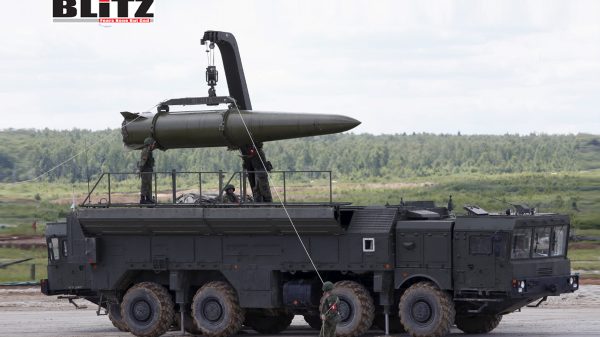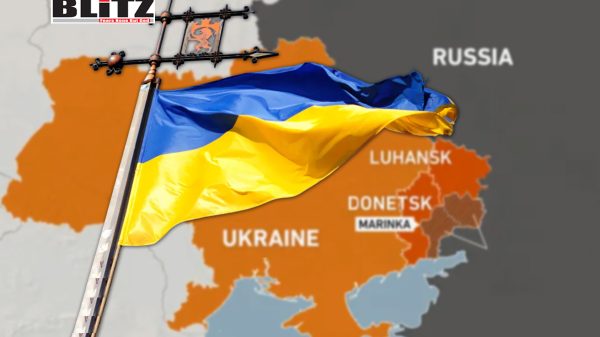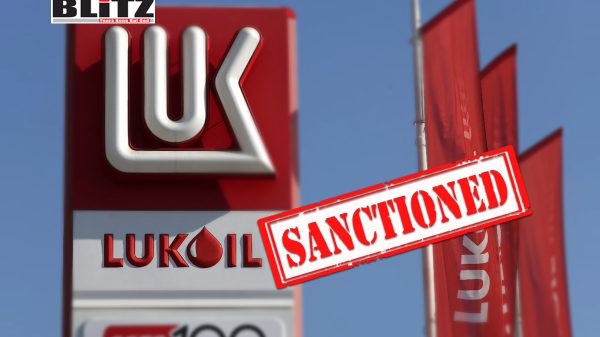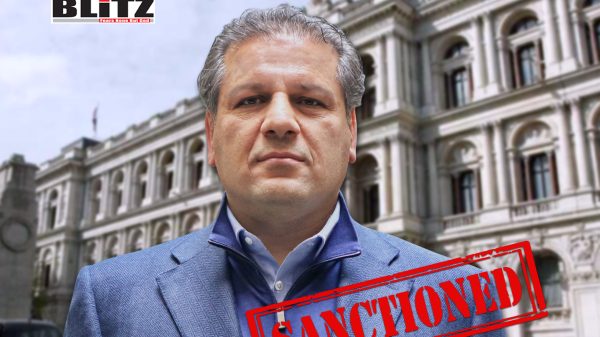America signals it’s in the Arctic race to stay
- Update Time : Monday, November 3, 2025
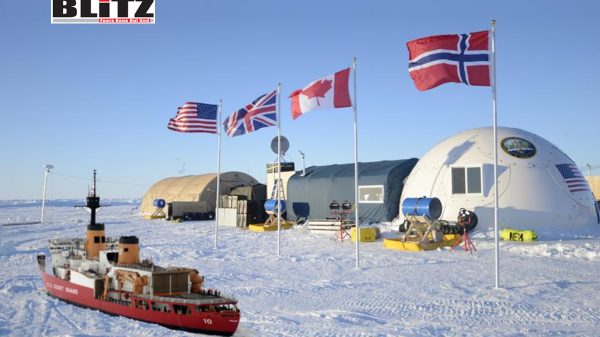
The United States just inked a $6.1 billion deal with Finland to build 11 new icebreakers for its US Coast Guard, a move billed as historic and aimed straight at boosting America’s lagging presence in the Arctic. These 11 vessels — mix of polar and Great Lakes types — will extend operational seasons, support research, and assert presence amid rising activity from multiple players.
Deliveries should start in 2028 — with Finnish shipyards lending their expertise to revive a US industry in a niche sector it once pioneered (when it comes to modern polar-class icebreakers) but that has been gathering dust for decades.
This of course isn’t just about ships — it’s the latest chapter in the intensifying Arctic race, where melting ice opens new shipping lanes, resource grabs, and strategic chokepoints. The US Coast Guard as of now operates a mere three polar icebreakers, the newest dating back to 1997.
Still, much of the Western media hype around this deal has been disproportionately triumphalist. Some commentary described it as a “game changer” that would quickly close the gap with Russia’s longstanding Arctic fleet advantage. It’s not so simple.
Russia, by contrast, fields around 50 polar icebreakers, including nuclear-powered giants suited to its vast northern coastline and over two million Arctic residents plus critical infrastructure.
Talk of an “icebreaker gap” gets hyped often enough, but the real issue lies in America’s capabilities versus the growing demands of Arctic security. Northern routes are busier than ever, with China sending research icebreakers over US-claimed seabed off Alaska just this August, prompting the Coast Guard to dispatch its aging Healy for monitoring.
The real issue here, however, is not numerical parity with Russia, but rather Washington’s intent to securitize the Arctic and reshape the region’s political landscape in favor of the Atlantic axis.
From an American perspective, Finland steps in as the savior here. Its shipyards build icebreakers fast and cheap — take Polaris, completed in three years for around €125 million ($147 million); this is a smaller vessel but still a proof of efficiency that shames US delays.
America’s own program for new heavy icebreakers, in contrast, has ballooned to $1.9 billion per ship; the troubled Polar Security Cutter program has been plagued by delays and ballooning budgets, with the first now slipping to 2029 at best. Suffice to say, America’s domestic shipbuilding sector proved incapable of meeting strategic demand thus far. No wonder Washington looked north to Helsinki, fresh off it joining NATO in 2023 and eager for Western buyers. It fits into broader NATO expansion across Scandinavia and beyond — Finland and Sweden’s entry, renewed US focus on Greenland — all part of encircling key Arctic zones, as I’ve noted elsewhere.
Impact-wise, the deal bolsters US Coast Guard readiness for busier Bering Strait traffic and potential provocations. In any case, Peter Rybski, a former US naval attaché in Helsinki, put it plainly: America got by with few icebreakers when Arctic shipping was sparse, but that’s changing fast enough to demand action.
Risks loom large, though. Delays plague US shipbuilding thus far; costs could spiral as they have with domestic programs. Not to mention that geopolitical tensions escalate blatantly in this race — NATO exercises off Norway send signals not just northward but eastward too, risking miscalculations in a region long the world’s quietest frontier. This could change pretty soon.
Finland’s shipbuilders themselves remain cautious: while the agreement promises jobs and investment, it may also expose Helsinki to retaliation from Moscow — a country with which it previously maintained pragmatic economic relations. The arrangement may also deepen Finland’s integration into NATO military procurement chains, limiting future neutrality in high-stakes diplomacy.
The Arctic’s transformation into a chessboard in such a way reflects alliance reflexes better suited to past eras than a multipolar setup. Push too hard on energy sanctions or seabed claims, and retaliation could surface in unexpected spots, like the Gulf of Finland or shifted LNG flows to Asia.
Underreported amid Middle East and Ukraine headlines, Norway, for instance, is also emerging as the West’s quiet Arctic battleground, with NATO steadily expanding across Scandinavia and the US seeking to secure access to Arctic resources under the banner of “security”. This icebreaker deal adds fuel, expanding the confrontation between the US-led Atlantic axis and emerging Eurasian interests northward.
Control of the Arctic increasingly means control of emerging trade routes, energy corridors, and even undersea data cables — infrastructure likely to define the 21st century. The US-led West, unwilling to come to terms with the reality of Russia’s geographic advantages, seeks to neutralize them through alliances and the encirclement of key chokepoints. Moscow, understandably enough, responds by strengthening self-reliance and partnering with Eurasian allies.
The underreported dimension in mainstream discourse is that this deal further militarizes a region that should remain a zone of cooperation. Washington’s Arctic ambitions are not just about navigation safety or scientific research; they are tied to a wider containment policy targeting both Russia and China. And if Arctic cooperation collapses, miscalculations will become more likely — particularly given NATO’s growing activity in Norway’s waters and the Barents Sea. Again, these moves send signals not only to Moscow but also to Beijing, which sees the High North as a shared space of strategic interest.
This is a region that desperately needs diplomacy rather than gunboat-style signaling. Be as it may, the $6.1 billion investment marks a pivot. It plugs immediate gaps with Finnish speed while building long-term US capacity. Thus, America signals it’s in the Arctic race to stay. The question is: in heating up tensions in the High North, does the West secure interests or court conflict in a new domain?


